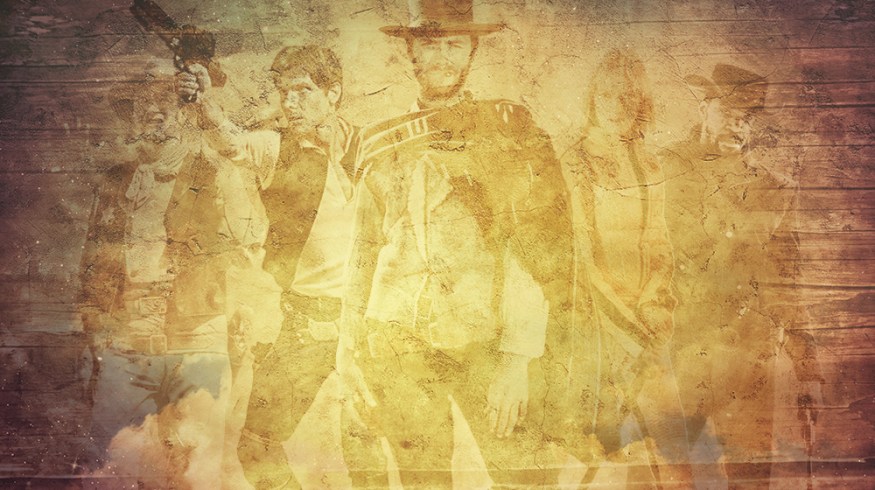
The Good, the Bad and the Ugly of the Western Film Genre
With new productions on the horizon, some say the once-dead Western film genre seems to be making a slow comeback. Did it ever really go away?
Out of all the film genres, the Western might be the most recognizable and iconic. Sometimes, all it takes to evoke the Western is a single shot of a Stetson hat or a Smith & Wesson revolver — or maybe even one melody from an Ennio Morricone score. From the genre’s rise in the earliest days of cinema to a heyday that spanned decades of classic Hollywood to its modern and neo-modern stylings, the Western is a rich, iconographic, and important genre every filmmaker should be familiar with.
So, let’s take a look at some of the classics as we break down the different types of Western sub-genres — and how filmmakers can best utilize all the gunslinging, high-riding tropes this genre has to offer.
Classic Western
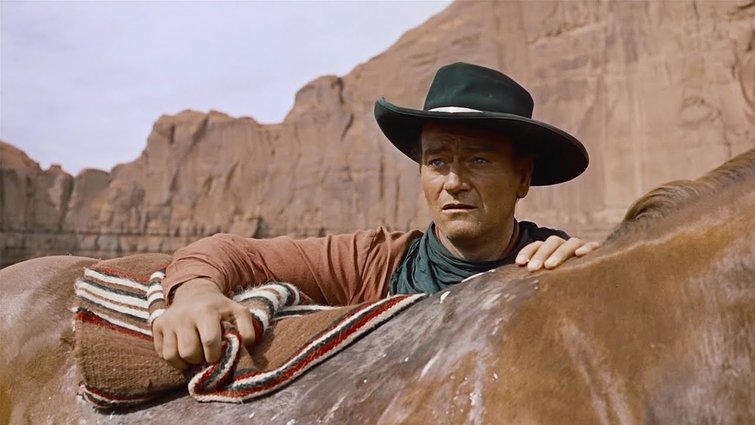
John Wayne in one of his classic Western roles in The Searchers (1956). (Image via Warner Bros.)
Looking back to the very earliest days of silent film, the classic Western genre has long been synonymous with the mainstream cinema experience. The most famous example, which we see time and time again, is The Great Train Robbery (1903), which serves as a perfect getaway from silent film into the advent of sound and the rise of the major Hollywood studios.
Stretching from the turn of the century into the mid-1950s, the classic Western sub-genre included legendary names like John Ford, John Wayne, and Errol Flynn. The main tropes of the genre came into form in this era with sprawling landscapes; individualistic themes; and the now-familiar sheriffs, outlaws, and Native American storylines.
The Revisionist and Anti-Western
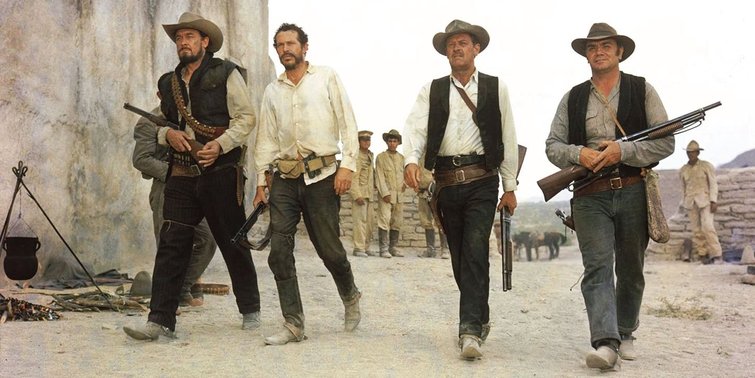
The ensemble cast in Sam Peckinpah‘s anti-Western The Wild Bunch (1969). (Image via Warner Bros/Seven Arts.)
However, moving on from the classic Westerns and into the late-1950s and early 1960s, the genre would begin to change, as filmmakers and audiences alike grew tired of the same tried-and-true stories. A Revisionist Western genre would emerge that challenged the traditional good guy vs. bad guy dualism of the classic Western.
Instead, a rise of anti-heroes and anti-Westerns emerged in the United States, with notable films like Ride the High Country (1962), The Wild Bunch (1969), and Little Big Man (1970), as well as internationally with the Japanese-influenced Italian “Spaghetti Westerns,” including A Fistful of Dollars (1964), Django (1966), and The Good, the Bad and the Ugly (1966).
Contemporary and Neo-Western
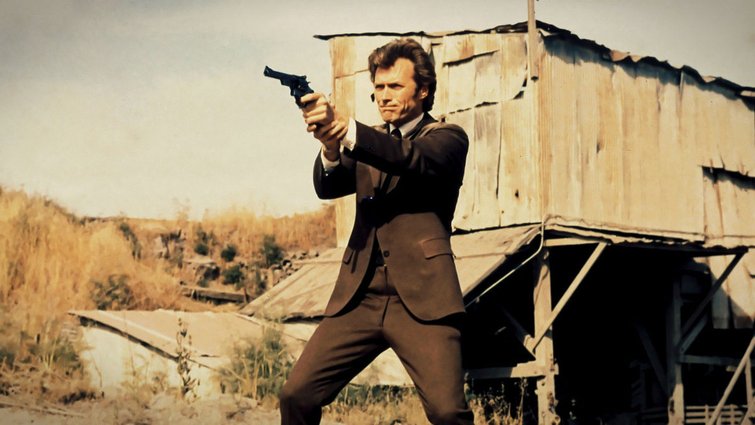
Clint Eastwood trades his spurs for a police badge in the Contemporary Western Dirty Harry (1971). (Image via Warner Bros.)
As with all genres, the Western would continue to evolve with the styles of the times. By the 1970s, audiences were so familiar with the classic and revisionist tropes of the genre that films could move even further away from some of the basic icons, like the setting and landscape. New, contemporary Westerns would emerge (yet with familiar stars and directors) like Clint Eastwood’s Dirty Harry (1971) and Sam Peckinpah’s The Getaway (1972).
From there, and in more recent years, the genre would also revisit many of the same staples it had steered away from, with the rise of Neo-Westerns like Robert Rodriguez’s El Mariachi Trilogy, Tombstone (1993), and No Country for Old Men (2007). The Contemporary and Neo-Western would also find new homes in both television and other streaming content forms, with popular shows like Breaking Bad, True Detective, and The Walking Dead.
Fantasy and Space Western
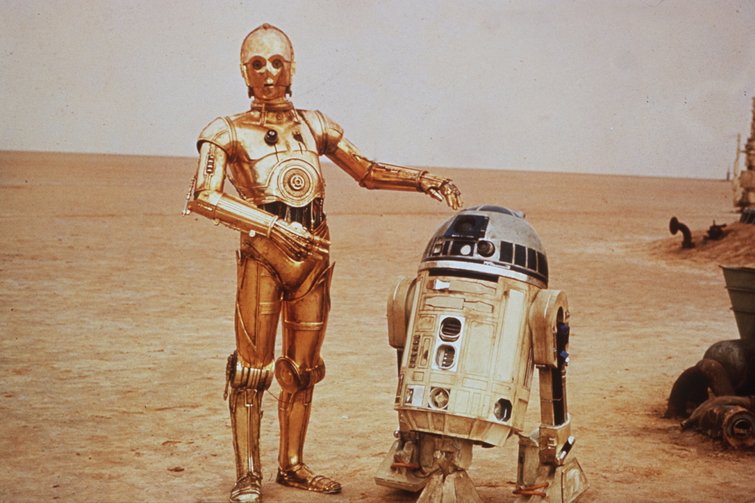
Many of the characters, plot points, and motifs in Star Wars (1977) come from classic Western films. (Image via Disney.)
It’s also important to look to the numerous subgenres that ran parallel to the classic Western’s evolution, with notable examples being the Fantasy Western and the Space Western. One of the most iconic hybrid-Western genre films would be Star Wars (1977) — which combined elements of sci-fi, space, and fantasy — with many of the same gunmen, cantina, and good vs. bad plot points found in the earliest days of the genre.
We also have unique examples that range from era and style, including Firefly, Cowboy Bebop, and Guardians of the Galaxy, as examples of how these Western hybrid genres remain hugely popular, even today.
The Current State of Things
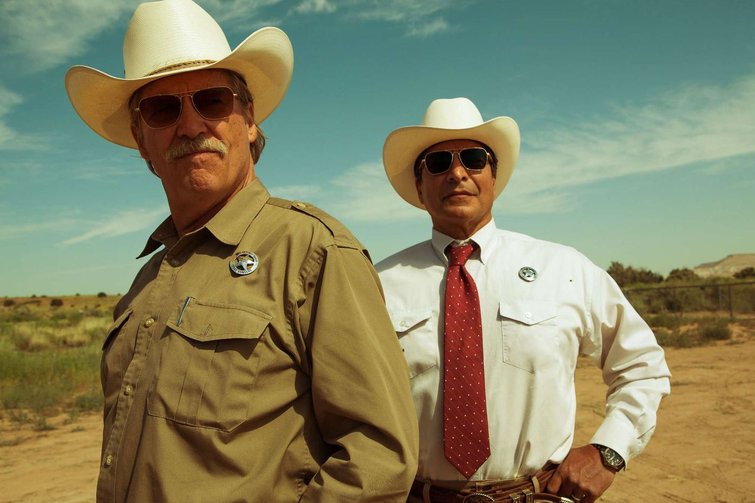
Jeff Bridges stars in the recent modern Western film Hell or High Water (2016). (Image via Lionsgate.)
Which brings us to what filmmakers can do with the Western genre today. As we can see above, the genre has weathered decades and has remained one of the most popular — and perhaps safest — options for mainstream appeal. The technical aspects of creating Western films are also favorable for many filmmakers on a budget.
However, whether you’re looking to adapt modern stories — like recent films The Rover (2014) or Hell or High Water (2016) — or are interested in finding new and unique ways to implement elements of the Western in your hybrid productions — like Sam Elliott’s old west cowboy cameo in The Big Lebowski (1998) — it’s helpful to be familiar with and understand the genre’s rich history.
This article was originally published in August of 2015. We have updated it to reflect changes in the industry.
Cover image via United Artists.
For more Western and genre filmmaking insights and advice, check out these articles below.
- A Guide to the Basic Film Genres (and How to Use Them)
- From “Apocalypse Now” to “Lethal Weapon”: An Action Film Genre Breakdown
- Genre Breakdown: The Different Types of Sci-Fi Films
- The Production Design Challenges of “The Ballad of Buster Scruggs”
- Saddle Up with This Royalty-Free Playlist for Westerns






